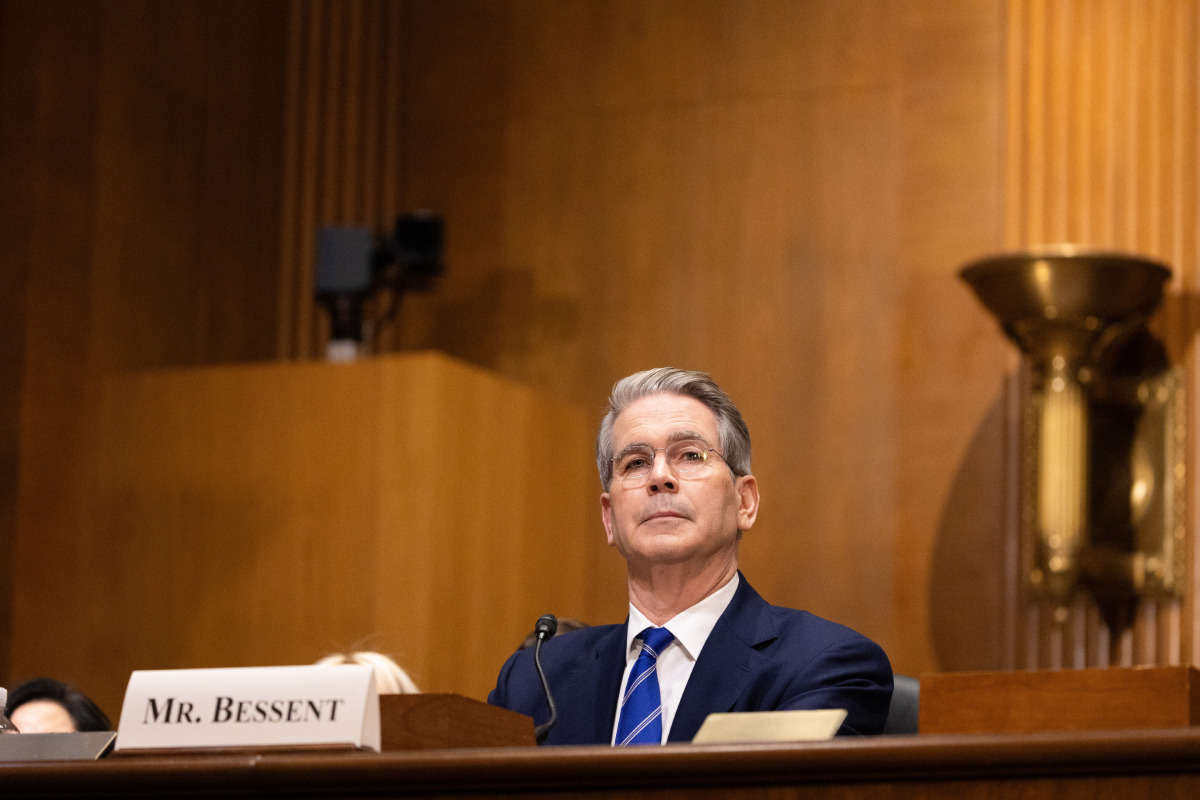
As the U.S. national debt keeps climbing, Treasury Secretary Scott Bessent said the Trump administration plans to use record tariff revenues to help pay it down - a claim analysts are questioning.
In an interview with CNBC’s Squawk Box, Bessent said, “President Trump and I are laser-focused on paying down the debt […] I think, at a point, we’re going to be able to do it,” pointing to tariff revenues as a tool to offset the deficit.
However, not everyone is convinced that Bessent’s plan is even feasible.
Sven Henrich, founder of Northman Trader, dismissed the idea: “Bessent [is] gaslighting again,” he wrote on Monday.
“To be able to pay down the debt you need to run a surplus to begin with, and none of the tariffs are large enough to do that. Not even close, and the spending bill just passed is running even higher deficits,” he wrote, referring to the One, Big, Beautiful Bill.
Henrich’s skepticism echoes a recent Investors Observer report noting that, despite a record $29.6 billion in tariff revenue for July, the amount barely registers against the scale of government borrowing. Federal spending that month hit a record $630 billion, resulting in a massive $291 billion deficit.
Put simply, the entire tariff haul would cover only about 10% of the federal government’s monthly deficit.
The rising costs of America’s growing debt burden
U.S. policymakers have long struggled to rein in federal debt, but analysts warn the challenge is becoming even steeper under current conditions.
The nonpartisan Congressional Budget Office (CBO) projects that Trump’s Big, Beautiful Bill alone will add about $3.4 trillion to the national debt over the next decade. With interest payments included, the cost could climb to more than $4.1 trillion.
S&P Global is also sounding the alarm. While it reaffirmed the U.S. government’s AA+ long-term credit rating, the agency cautioned it “could lower the rating over the next two to three years if already high deficits increase, reflecting political inability to contain rising spending or to manage revenue implications from changes in the tax code.”
Washington’s fiscal mismanagement is already rippling through the bond market, with long-term Treasury yields climbing in 2025 on worries over mounting budget deficits.
“Investors are increasingly focused on the outlook for U.S. deficits, and those concerns are beginning to drive up yields on longer-maturity Treasuries,” Goldman Sachs said in a July 30 note.
In this environment, the 10-year Treasury has failed to serve as a safe haven, said Goldman Sachs Vice Chairman Rob Kaplan, who previously served as President of the Dallas Fed.
Your email address will not be published. Required fields are markedmarked